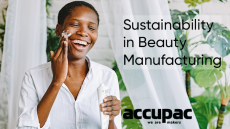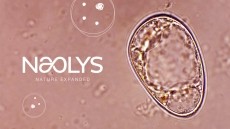FDA announces new sun screen guidelines

While a majority of the FDA’s 18 pages of safety and effectiveness guidelines for sun screen focuses on ingredient safety data, final formulation testing will almost certainly continue to be part of most final sunscreen orders. And the closing section of the FDA’s new recommendations covers this aspect of sun care approval.
That section explains that the “FDA’s current thinking is that final formulation safety testing of nonprescription sunscreens would not generally call for an in vivo study. Instead, FDA expects that the conditions of marketing specified for sunscreen active ingredients in final sunscreen orders would require manufacturers to perform in vitro permeation testing before marketing each new formulation.”
Safety
The guidelines cover clinical safety testing (comprised of human dermal safety studies, human absorption studies and maximal usage trials, as well as pediatric considerations); nonclinical safety testing (which covers both dermal and systemic carcinogenicity studies; developmental and reproductive toxicity studies; and toxicokinetics); and postmarketing safety data.
Effectiveness
As the FDA notes in the new guidelines and in today’s Federal Register that “this guidance does not establish any rights for any person and is not binding on FDA or the public. You can use an alternative approach if it satisfies the requirements of the applicable statutes and regulations.”
So the safety, efficacy, and final formulation testing guidelines are just that—guidelines.
Most notably, in regard to effectiveness, “when applying these regulations to each potential sunscreen active ingredient, FDA requests that sponsors provide evidence from at least two adequate and well-controlled SPF studies showing that the active ingredient effectively prevents sunburn, because sunburn prevention is the minimum indication for an OTC sunscreen product,” according to the new guidleines.
“Two adequate and well-controlled SPF studies of the active ingredient at a lower concentration than the maximum requested should be conducted according to established standards. These SPF studies should demonstrate that the selected concentration provides an SPF value of 2 or higher.”
Broad spectrum claims and labeling should be dealt with in the final sunscreen order.
Click here to find the complete FDA Nonprescription Sunscreen Drug Products— Safety and Effectiveness Data Guidance for Industry pdf.
















